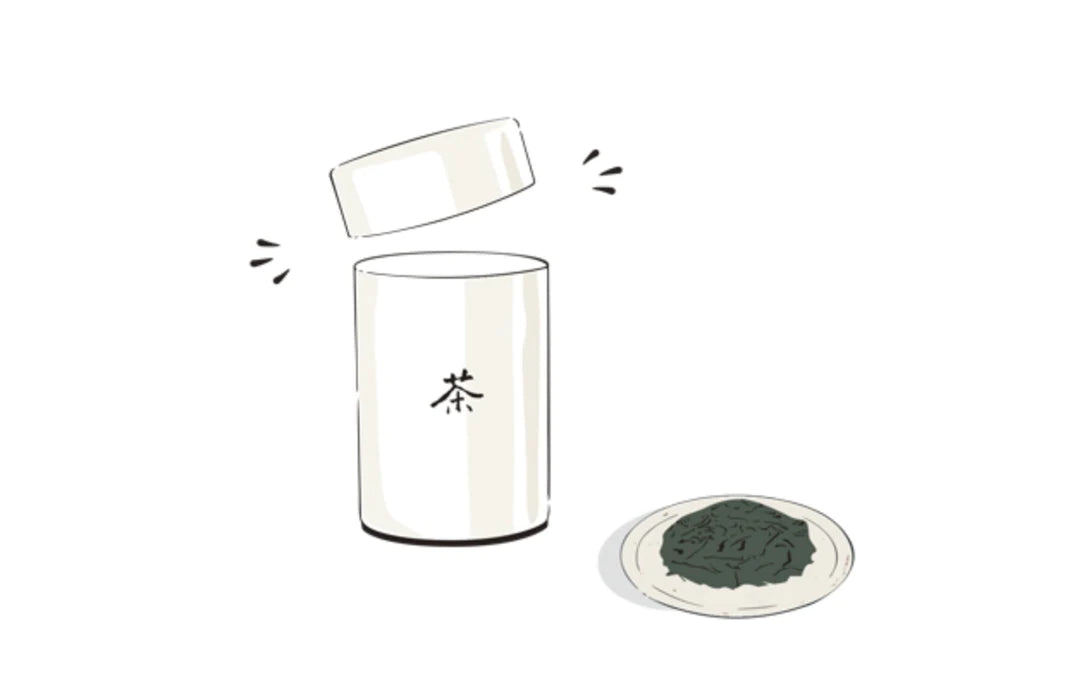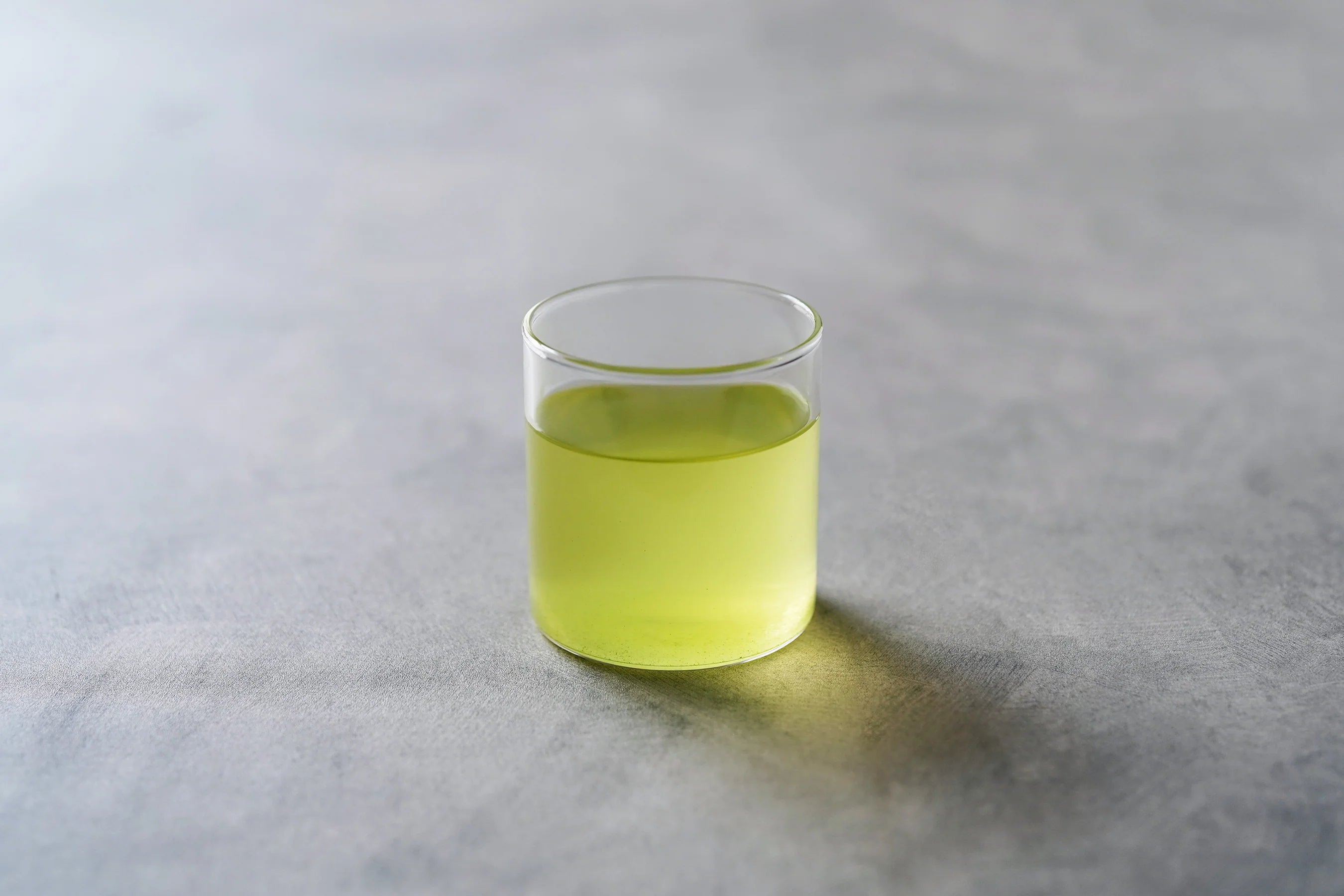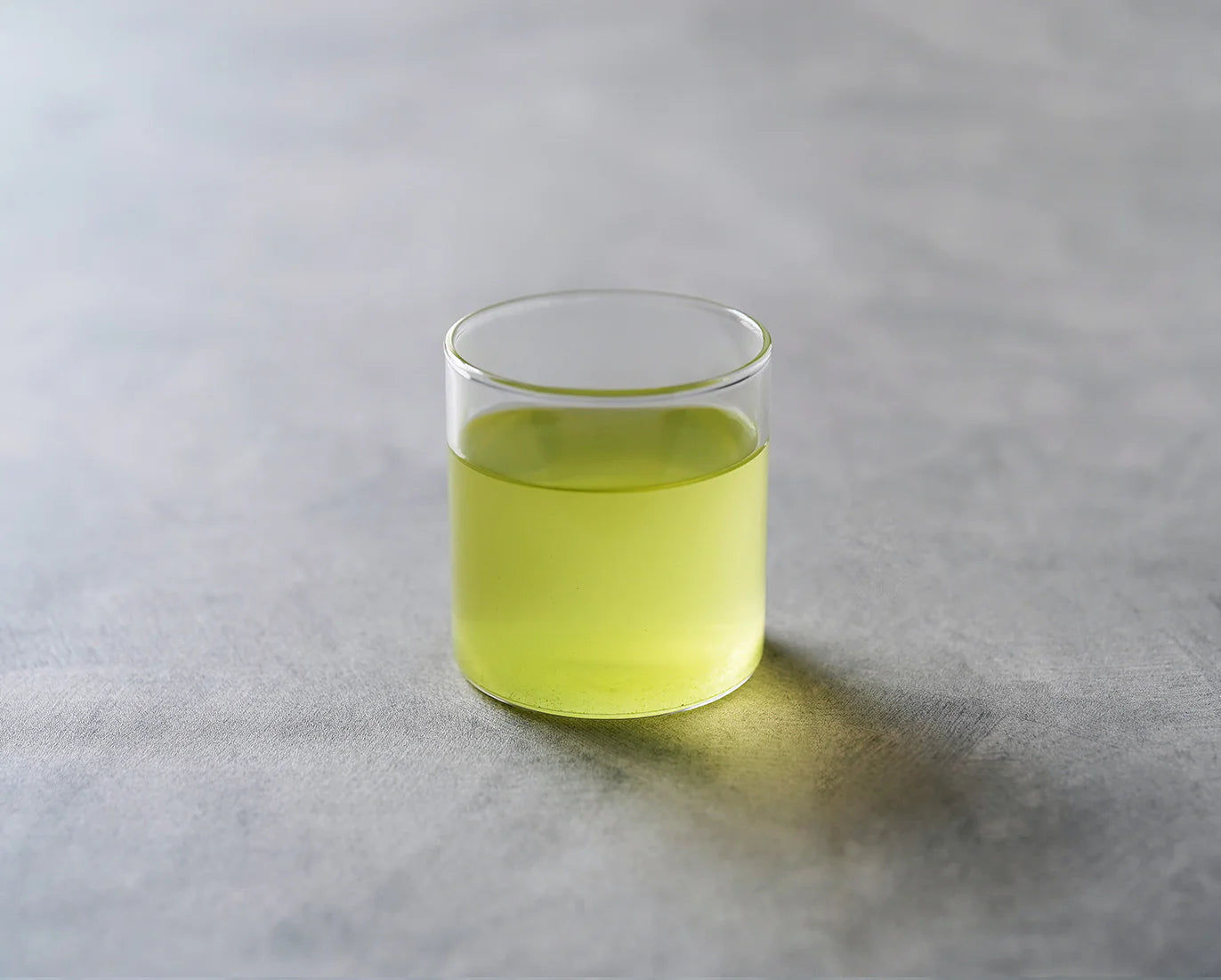Cheap kabusecha is similar to sencha but becomes closer to gyokuro if expensive. By changing brewing methods, the tea can be easily adjusted to your taste by either bringing out more sweetness or expressing more bitterness and astringency.
What Is Kabusecha?
Kabusecha is an intermediate type of tea between sencha and gyokuro. To produce kabusecha, The tea plants are covered while the tea sprouts are growing in similarity to gyokuro and tencha. However, the trees are covered for only 7-10 days; which is shorter than the covering period for gyokuro and tencha which are usually covered for at least 20 days. Although kabusecha is not inherently rich in sweetness or deliciousness like gyokuro, it has a much milder flavour and is recommendable for people who wish to avoid bitterness and astringency.
Quality Differences
sweetness

Mellow although not as deep, rich, or profound as gyokuro. It's sweetness oozes over the tongue to some extent. Not too sweet in a good sense.
The sweetness is subtle like that of sencha. One hardly feels sweetness when brewed at higher temperature.
umami

Not very conspicuous but mellow. Spreads throughout the mouth in succession to the sweetness. Although not very deep or profound, free of heaviness and easy to drink.
Deliciousness (umami) is hardly felt. One may sense it slightly after the sweetness but it is not obvious at all.
bitter and astringent

Bitterness, astringency and harshness diminish. Elegant. Bitterness and astringency disappear altogether without lingering.
Bitterness and astringency overpower sweetness when the tea is brewed at a higher temperature. The astringency is stronger than the bitterness and entails harshness.
aroma

There is a kabuseka (aroma from overlaying) which is mild, genial and tender but not as pleasant as the oika (aroma from covering).
Simple and rough. Lacks in deepness and does not spread throughout the mouth. A scorching flavour overpowers other aromas.
colour

Glossy on the surface. Dark green without somberness. The tea leaf is thick in the centre but gradually gets thinner towards both ends.
The leaves are dry and lack in gloss. Many of them are flat and soft. Used tea leaves are reddish and yellowish with conspicuous leaf veins.
liquor colour

Emerald greenish colour with very little redness. Slightly turbid but not dull.
Reddish yellow. Tea with strong redness or with dark grouts at the bottom of the tea cup is not recommendable for consumption.
How to Make Good Cups of Tea (for two)
When brewing green tea, it's sweetness is more easily extracted with water at lower temperatures; the higher the temperature of the hot water, the more bitterness and astringency will be released. Kabusecha is neither too bitter nor too sweet and has characteristics intermediate between sencha and gyokuro. You can brew kabusecha differently according to your mood?making it flinty with bitterness or brewing it mellow and sweet by adjusting the temperature of the water.

To Bring Out Sweetness

To Accentuate Bitterness

how to store
Here are some tips to keep your tea fresh and enjoy it tastily.






